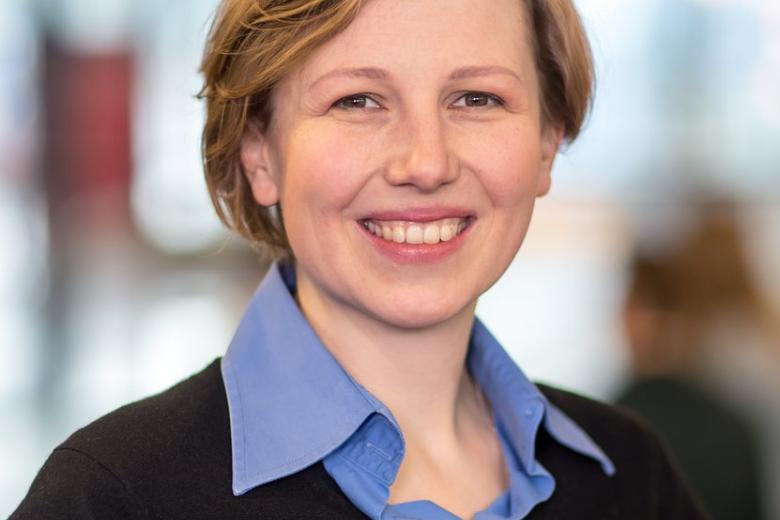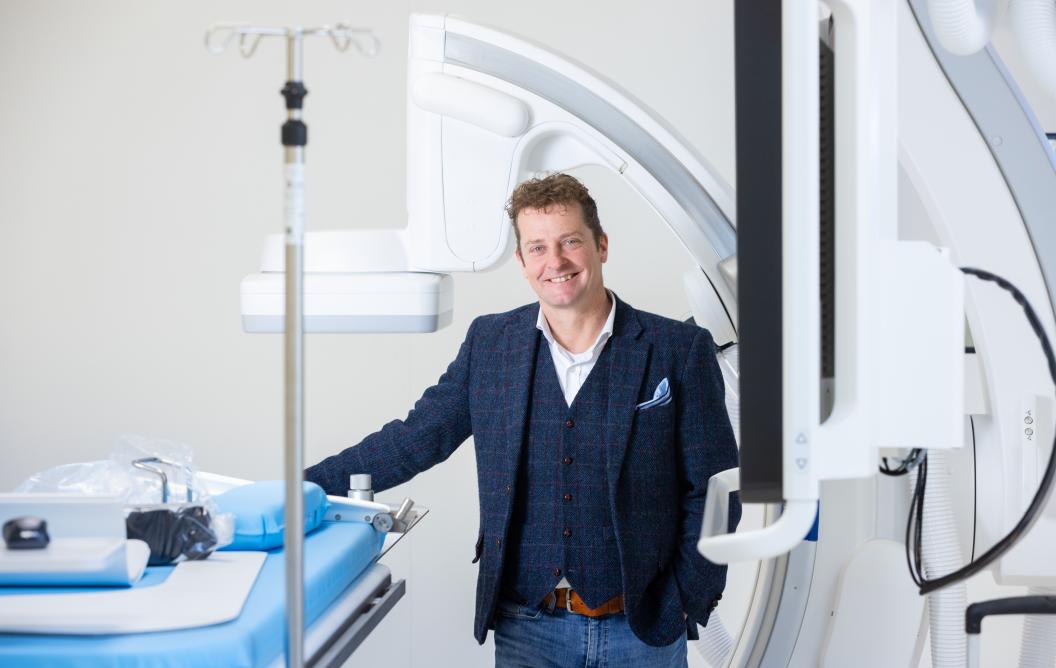Bridging the gap between technology and clinical practice
Lee Bouwman, a vascular surgeon and endowed professor of Clinical Engineering, specialises in the implementation of groundbreaking healthcare technologies. The key to success, he says, lies in the collaboration between engineers and clinicians. This approach has already resulted in a range of innovations, from the use of robotics in aortic stenting and knee replacement surgery to the localisation of breast tumours using magnetic seeds and iron oxide.
The emerging field of clinical engineering focuses on redesigning existing healthcare innovations. Lee Bouwman attributes failures in product development and implementation to the gulf between engineering research and clinical practice. “Engineers and scientists speak a different language from healthcare professionals,” he explains. “They often seem to misunderstand one another. Product developers sometimes brush aside major clinical problems, and come up with brilliant solutions to problems that don’t exist. On the other hand, clinicians may resist standardised treatments and prefer to do things their own way.”
Clinical engineers can help to close this gap. Bouwman sees himself as a bridge builder, introducing technology to medicine and, conversely, clinical problems to engineering research. “Clinical engineering has enabled us to manage human and material resources more efficiently while improving healthcare quality.” The chair of Clinical Engineering is a necessary addition, he says. In his inaugural lecture, he warned of an impending healthcare crisis. “This field can help find solutions to escalating healthcare costs.”
Standardisation
There is much to gain from simply standardising operational processes. Bouwman cites an example involving equipment for angiography (visualising blood vessels using X-rays). “Doctors previously used different catheters, balloons and stents, each convinced that their preferred equipment produced the best results. Standardisation led to major savings while maintaining quality.” Without realising it, Bouwman had ventured into the field of logistics engineering, which focuses on the procurement, storage and distribution of materials and end products. “It was my first step towards the new field of clinical engineering.”
He is currently involved in a wide range of projects, assisted by PhD candidates and other partners. In one project, they used big-data analysis to optimise the care pathway for stroke patients: 95% of patients now undergo surgery within two weeks, as recommended by the guidelines. Another project, in collaboration with orthopaedic surgeons, explores the use of robotics in knee replacement surgery, focusing on precision of placement and flexibility of the prosthesis. Yet another project involves the implementation of a new localisation technique for non-palpable breast tumours. Traditionally, an expensive and radioactive medium is used; the novel technique uses hypermagnetic iron oxide, read by a magnet.
New imaging technique
In standardising angioplasty treatment for lower limb arteries, Bouwman was surprised to find that healthcare professionals differed in their assessment of the same medical problem. “X-ray angioplasty used to be the gold standard, but different healthcare professionals reached different conclusions based on the same images. Even more surprisingly, repeated assessments by the same individual would often yield different results.” To develop a more objective method, Bouwman worked with Bart van Grinsven, a researcher in Maastricht University’s Sensor Engineering department, to implement new imaging techniques. For example, optical coherence tomography uses light waves to visualise the inside of a blood vessel. “It provides an objective measurement with a resolution 20 times higher, allowing for a more targeted and cost-effective treatment.”
Precision
An even more challenging project involved the development of a new aortic stent. A stent is a tiny tube inserted into an artery or vein for one of two near-opposite purposes: to stop bleeding by acting as an internal bandage, or to open up a blocked artery or vein. The current stents have drawbacks, such as leakage. The redesigned aortic stent has side branches, which can be used to direct the arteries to the organs. It was developed in collaboration with Eindhoven University of Technology, which has a department specialised in flow and turbulence in blood vessels. How does the prosthesis affect blood-flow dynamics? The precision required for aortic stent placement cannot be overstated, says Bouwman. “Complications can lead to serious consequences like kidney failure, paralysis or even death. And if it fails, treatment becomes increasingly difficult.”
Societal duty
These examples show that complex medical problems can only be solved through interdisciplinary collaboration. Bouwman has joined forces with various healthcare professionals, engineering companies, government agencies and universities. “Clinical engineering is an applied science. The technical sciences are more advanced in this area. After all, it makes no sense to practise engineering without applying it.” His view is endorsed by the Integral Care Agreement (IZA) between the Dutch government and healthcare organisations, which emphasises the need for collaboration to make healthcare more efficient. Bouwman also expects medical companies to demonstrate a certain level of responsibility: “They have a societal duty to invest their profits in improving healthcare.”
Looking ahead, he hopes to further advance the field of clinical engineering. “I happen to be a vascular surgeon who is involved in technology. It would be wonderful to be joined by more clinicians and especially engineers who are passionate about healthcare. If this field is to be successful, it has to be widely embraced.”
Text: Hans van Vinkeveen
Photography: Philip Driessen
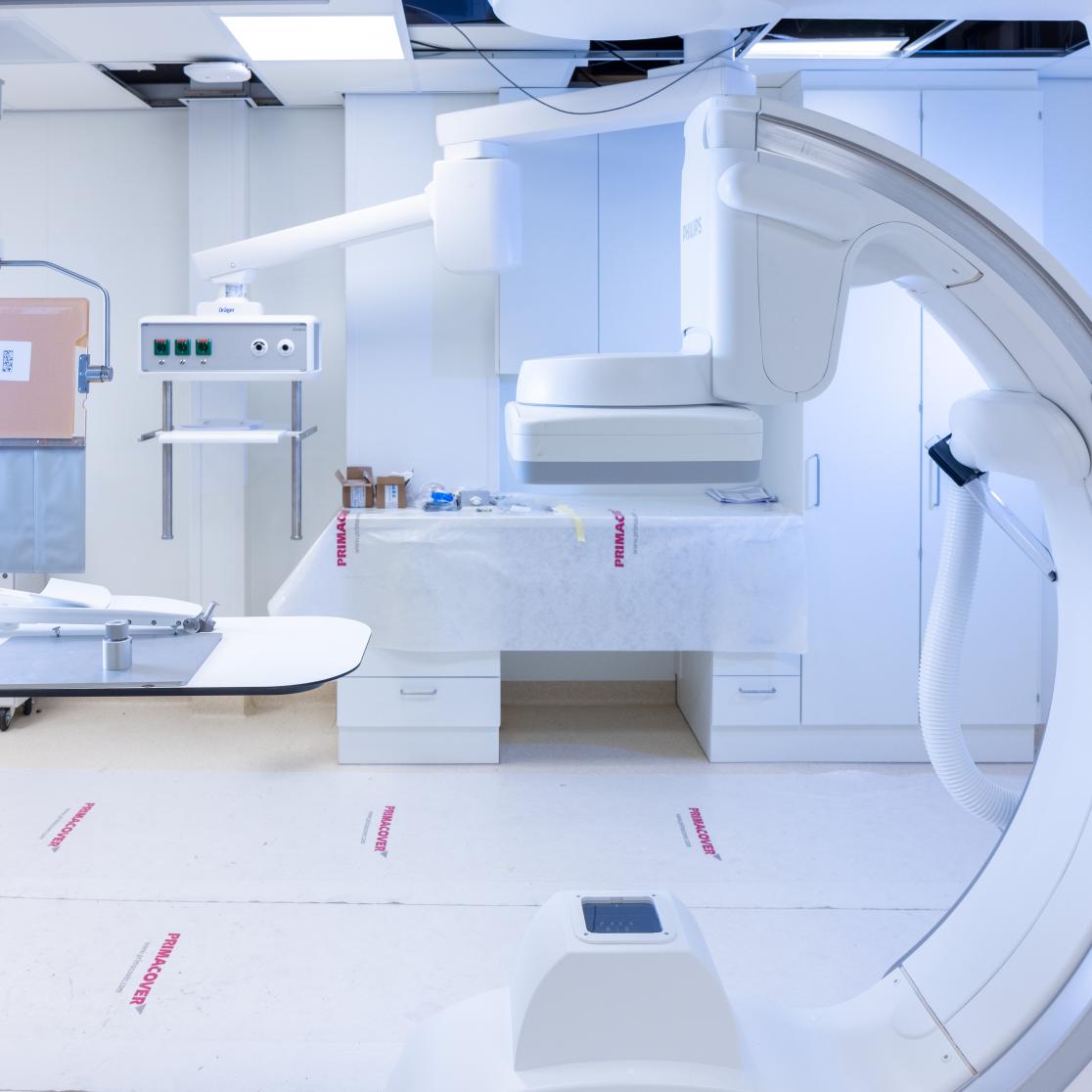
Also read
-
Working at UM: “a life-changing experience”
"I am proud that our new Circular Plastics group published its first completely in-house research," Kim Ragaert says. She founded the research group three years ago, when she moved to Maastricht. Her work has laid the foundations for many innovations in the field of plastic recycling, and she is...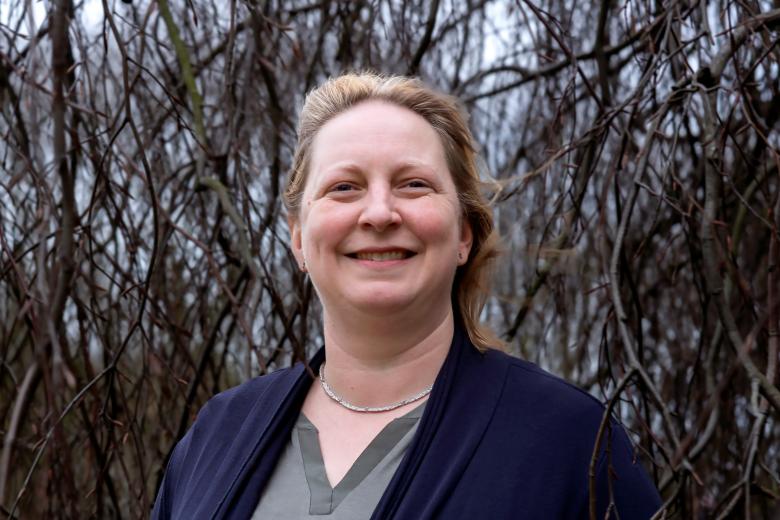
-
How does the universe taste?
Gerco Onderwater investigates the flavour of the universe while guarding the flavour of the Maastricht Science Programme. On 31 May, during his inaugural lecture, he provided a pre-taste of his work in Maastricht.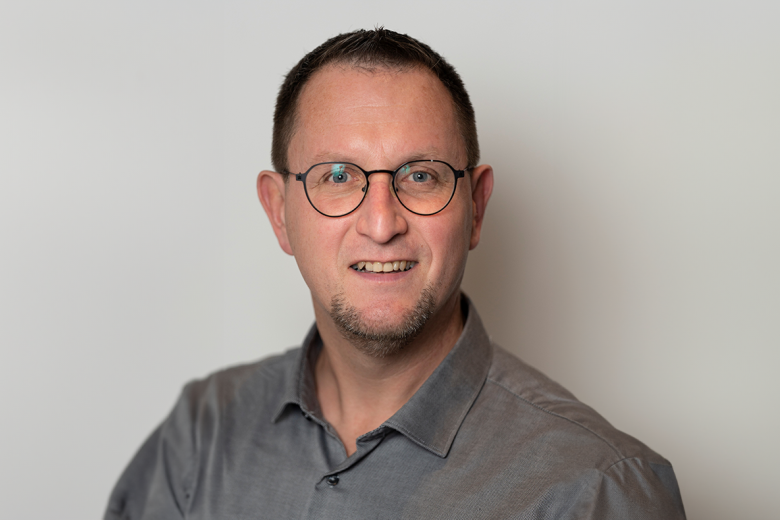
-
Anna Wilbik’s goal is to exploit the real value of data to the max
On April 19, during her inaugural lecture, Anna Wilbik explained how we can squeeze out the whole potential of data to the last drop.